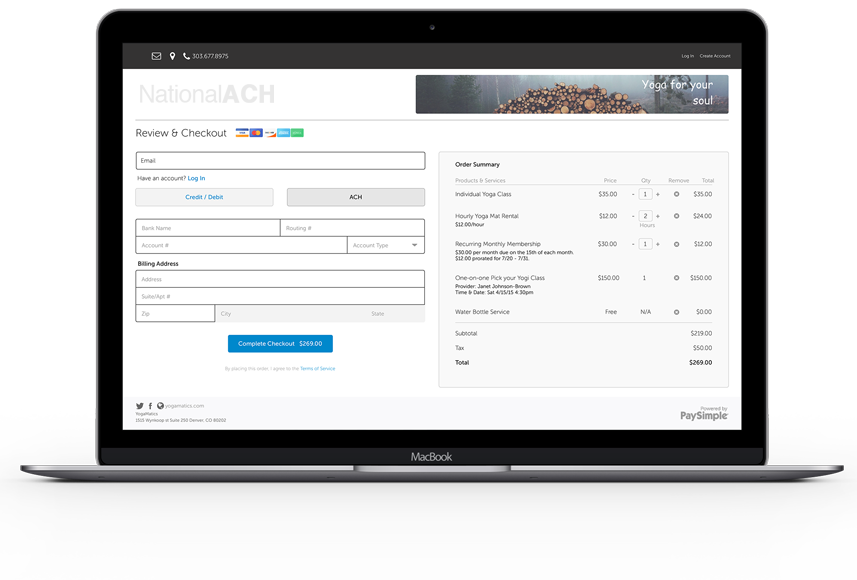New ACH Rules for Unauthorized Returns
Changes to ACH Rules Move Merchants to Echecks
An essential indicator for ACH payments is that it requires constant monitoring is the unauthorized return rate. An unauthorized return occurs when an Originating depository financial institution (ODFI) debits the Receiving depository financial institution (RDFI). In some cases, the transaction may indeed be unauthorized, but system errors caused by the ODFI frequently result in an unauthorized debit.
The first important change with respect to the unauthorized return rate is due to occur on September 18, 2015 when the current 1 percent threshold will be lowered to 0.5 percent. Since the average Network unauthorized return rate is around 0.03 percent, the change is enforced solely to allow closer monitoring of institutions that have a poor performance.
The same concern for performance led to the development of the ACH Network Quality rule which intends to provide an incentive to ODFIs to decrease the number of unauthorized debits, especially the ones that occur because of system errors. In time, this policy will produce a decrease in the unauthorized return rate, thus reducing the costs for all entities part of the ACH network.
In short, the ODFI will be charged a fee ranging from $3.50 and $5.50 for each unauthorized debit. The fee will be transferred in full to the RDFI. The association decided to place more liability on the ODFI because this will motivate the institution to innovate and reduce the situations in which a transaction has to be returned due to incorrect data.
In addition, claims the association, even if the transaction is indeed reported as unauthorized, it is up to the ODFI to handle the situation with its own customer. The RDFI, on the other hand, does not have any power in preventing or solving the problem, yet it incurs losses and spends resources each time an unauthorized debit is made. The fee will be implemented starting with October 3, 2016. Until then, all ACH operators will have to put a system into place that will allow the transfer of the fees from ODFIs to RDFIs. In the long term, the ACH Network Quality rule will improve the services delivered through the ACH network
Conclusion
The changes in ACH processing rules are causing many merchants to switch to echecks based on Check 21 technology.
Since echecks are processed outside of the ACH network, you have far greater flexibility on returns and revokes. Giving you the benefits of electronic check processing. Without the worries of ACH processing.
Are you a high risk merchant seeking an alterntive to ACH echecks?
Contact info@nationalach.com today.

